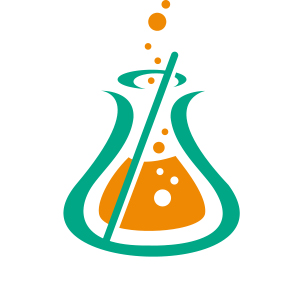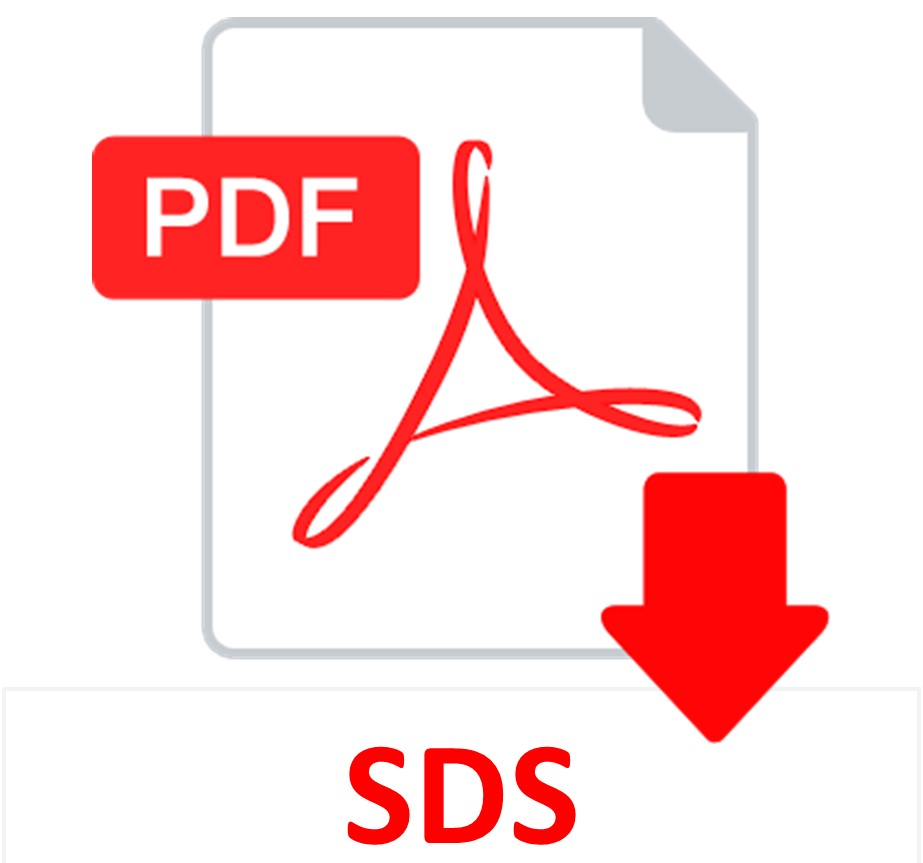Crystal Violet Stain 1%, Aqueous, Brown-Hopps
(use: Brown-Hopps mod. Gram Stain.)
Click Here to see complete Gram, Brown-Hopps Stain Kit (#9124) in Stain Kits Section.
SOLUTION:
| 500 ml | |
| Crystal Violet Stain 1%, Aqueous, Brown-Hopps | Part 1041A |
Additionally Needed:
| Gram, Multi-Tissue, Artificial Control Slides OR Gram+ & Gram- Bacteria, Artificial Control Slides |
Part 4256 OR Part 4255 |
| Xylene, ACS | Part 1445 |
| Alcohol, Ethyl Denatured, 100% | Part 10841 |
| Alcohol, Ethyl Denatured, 95% | Part 10842 |
| Iodine, Gram, Aqueous | Part 1140 |
| Acetone, ACS | Part 10014 |
| Basic Fuchsin Stain 0.25%, Aqueous | Part 1011 |
| Gallego Solution | Part 1098 |
| Picric Acid-Acetone 0.05% | Part 13351 |
| Acetone-Xylene 1:1 | Part 10015 |
For storage requirements and expiration date refer to individual product labels.
APPLICATION:
Newcomer Supply Gram Stain, Brown-Hopps, a modification of the original Gram Stain technique, is used for differential staining of gram-positive and gram-negative bacteria in tissue sections.
METHOD:
Fixation: Formalin 10%, Phosphate Buffered (Part 1090)
Technique: Paraffin sections cut at 4 microns
Solutions: All solutions are manufactured by Newcomer Supply, Inc.
All Newcomer Supply stain procedures are designed to be used with Coplin jars filled to 40 ml following the provided staining procedure.
STAINING PROCEDURE:
-
- If necessary, heat dry tissue sections/slides in oven.
- Deparaffinize sections thoroughly in three changes of xylene, 3 minutes each. Hydrate through two changes each of 100% and 95% ethyl alcohols, 10 dips each. Wash well with distilled water.
-
- See Procedure Notes #1 and #2.
-
- Stain slides in Crystal Violet Stain 1%, Aqueous, Brown-Hopps for 2 minutes.
- Rinse well in distilled water.
- Mordant in Iodine, Gram, Aqueous (Part 1140) for 5 minutes.
- Rinse well in running tap water.
- Blot one slide at a time and individually decolorize in Acetone, ACS (Part 10014) until the blue color stops running; 1-2 dips.
-
- Sections should be very light gray in color.
-
- Quickly rinse in running tap water.
- Place in Basic Fuchsin Stain 0.25%, Aqueous (Part 1011) for 5 minutes.
- Rinse well in running tap water.
- Differentiate sections in Gallego Solution (Part 1098) for 5 minutes.
- Rinse in running tap water. Blot off slides, but not to dryness.
-
- Proceed with Steps #13 to #16 one slide at a time.
-
- Dip quickly in Acetone, ACS for 1-2 dips.
- Dip directly in Picric Acid-Acetone 0.05% (Part 13351) for 3-10 dips.
- Dip quickly in Acetone-Xylene 1:1 (Part 10015) for 5 dips.
- Clear in three changes of xylene, 10 dips each; coverslip with compatible mounting medium.
RESULTS:
| Gram-positive bacteria | Blue |
| Gram-negative bacteria | Red |
| Nuclei | Red |
| Background tissue | Yellow |
PROCEDURE NOTES:
-
- Drain slides after each step to prevent solution carry over.
- Do not allow sections to dry out at any point during procedure.
- If using a xylene substitute, closely follow the manufacturer’s recommendations for deparaffinization and clearing steps.
REFERENCES:
-
- Brown, Robert C., and Howard C. Hopps. “Staining of Bacteria in Tissue Sections: A Reliable Gram Stain Method.” American Journal of Clinical Pathology 2 (1973): 234-240.
- Carson, Freida L., and Christa Hladik Cappellano. Histotechnology: A Self-instructional Text. 4th ed. Chicago: ASCP Press, 2015. 222-224.
- Luna, Lee G. Histopathologic Methods and Color Atlas of Special Stains and Tissue Artifacts. Gaitheresburg, MD: American Histolabs, 1992. 194-195.
- Modifications developed by Newcomer Supply Laboratory.



